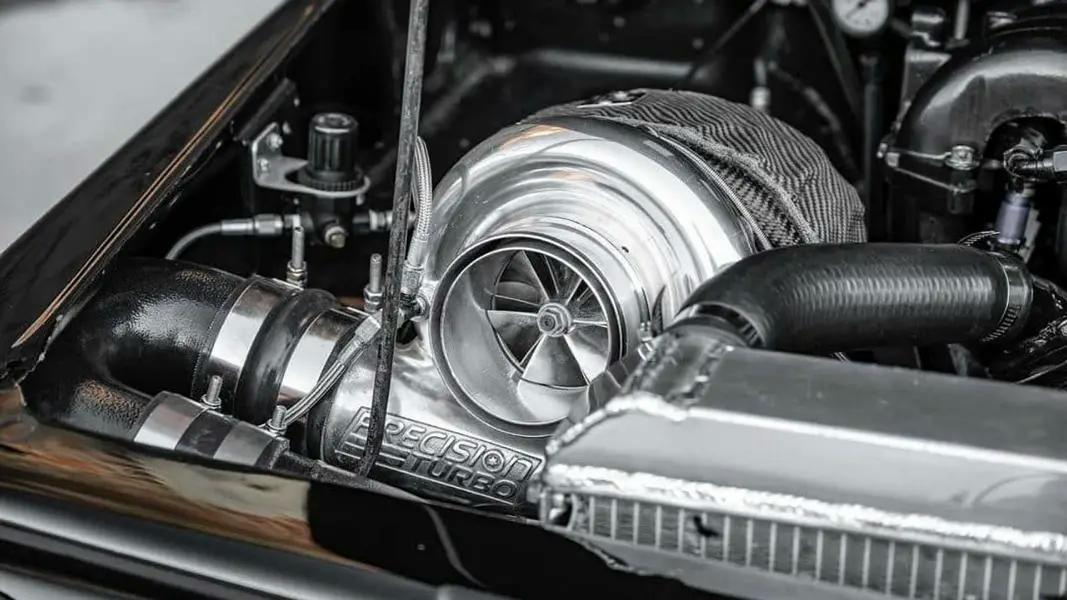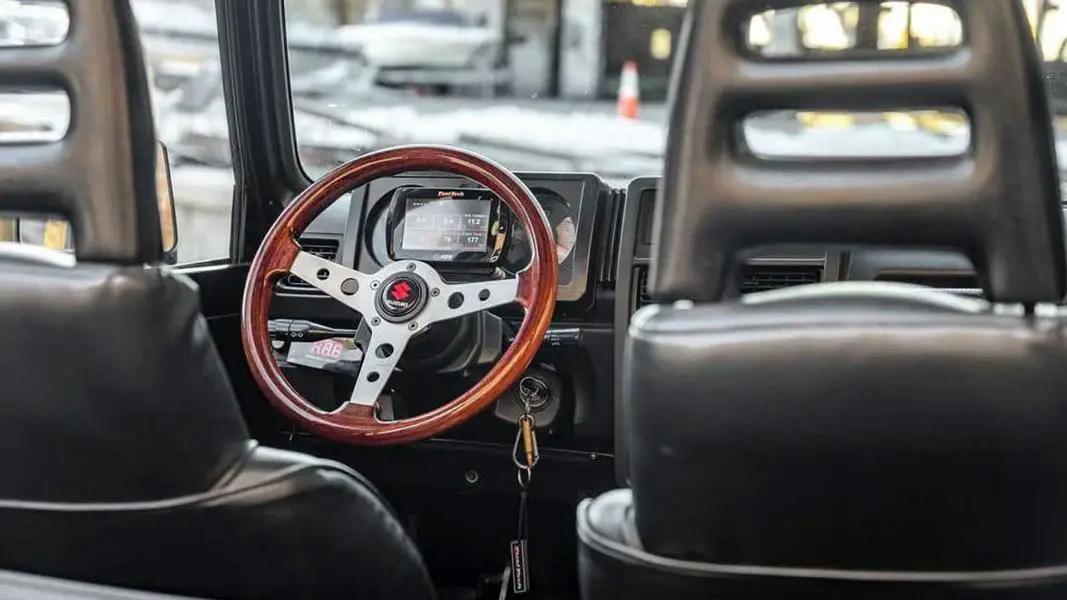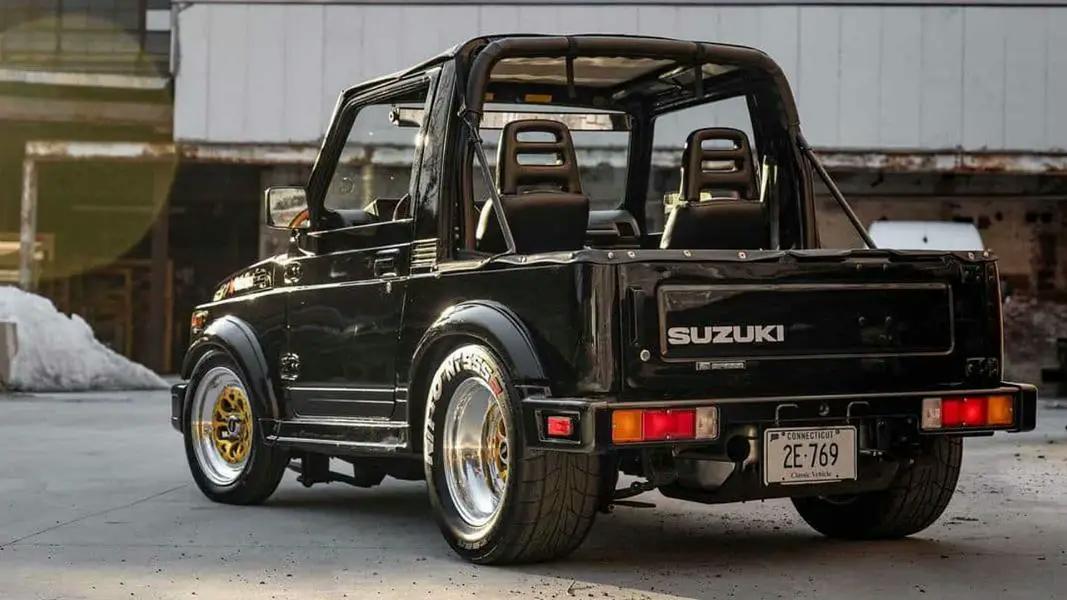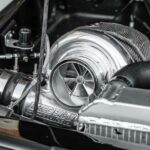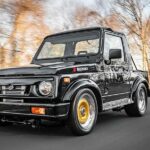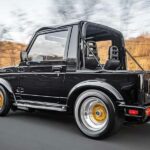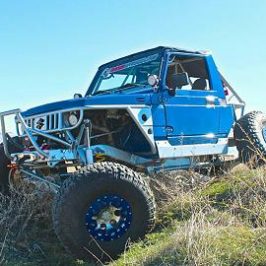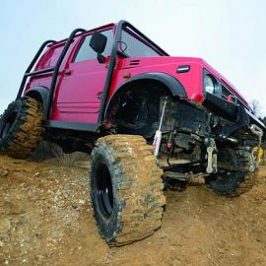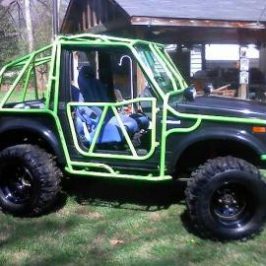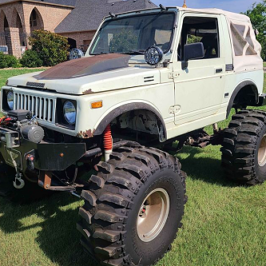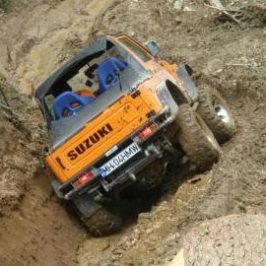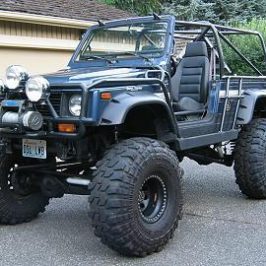The 1.3L 13B rotary engine is one of the most incredible feats of modern engineering, with Mazda staying loyal to the masterpiece for over thirty years.
There’s no question that the 13B was at the forefront of Mazda’s rotary loyalty, and we’re going to explore everything you could need to know about the insane powerplant.
Thanks to the rotary’s design, these compact engines can fit into the smallest engine bays and are capable of producing a mighty punch, making them immensely popular with tuners across the globe.
This particular rotary engine was swapped into this Suzuki Samurai and puts out 450-horsepower. To reach that sort of horsepower, a Precision Turbo 76/75 unit with a 66-mm wastegate to regulate boost was used. The large turbo hangs off of a custom manifold which he created himself and further tested his fabrication skills—something he’d been looking forward to ever since convincing himself to tackle this project.
Calling the shots as this reimagined Samurai belts out seven times its original output is a programmable FuelTech FT400 EFI system. A do-it-all management system that includes the touchscreen digital dash you see covering the stock gauge cluster, the FT400 offers active traction control, data logging, sequential injection and much more. The modern addition calls the shots as a set of 1,000- and 2,000-cc injectors from Injector Dynamics are tasked with delivering 450 horsepower worth of fuel.
The Samurai also uses the Mazda RX7’s manual transmission. An aggressive 6-puck clutch is enlisted and has successfully held the massive power increase.
The exterior is as simple as it gets, sporting a custom fiberglass grille cover that adds an angry unibrow just above the headlights and a rear seat delete. Take a step around to the passenger side, however, and you’re met by a massive 4-inch exhaust exit and you quickly realize that things between Marvin and his Suzuki got pretty serious.
15-inch Weld Racing wheels wrapped in sticky Nitto NT555R drag radials are on duty rather than oversized, knobby tires and requisite Stomper look that most Samurais sport. The multi-piece race wheels are specifically for track abuse, though they’re often used for wild street cars that frequent the drag strip as well.
A shortened Ford 8.8 rear differential and limited slip help transfer all of that power to the pavement. The narrowed rear-end allows for a much wider wheel and more rubber to maintain as much contact patch as possible, while the front wheel and tire size is narrow and lightweight. Cornering isn’t a concern for Marvin (not that the Samurai in factory trim was much of a canyon carver), his sole intention is to keep the car as straight as possible as he rips through the gears.
Video:
Photos:
Click the photos to enlarge.


